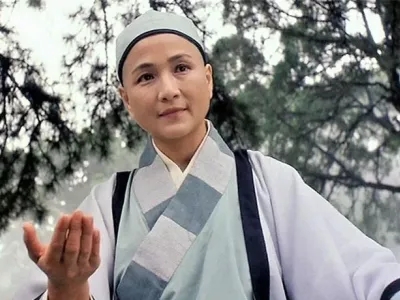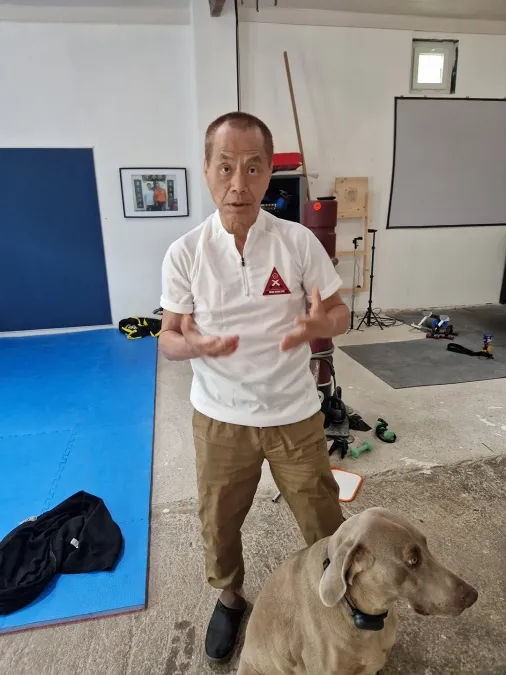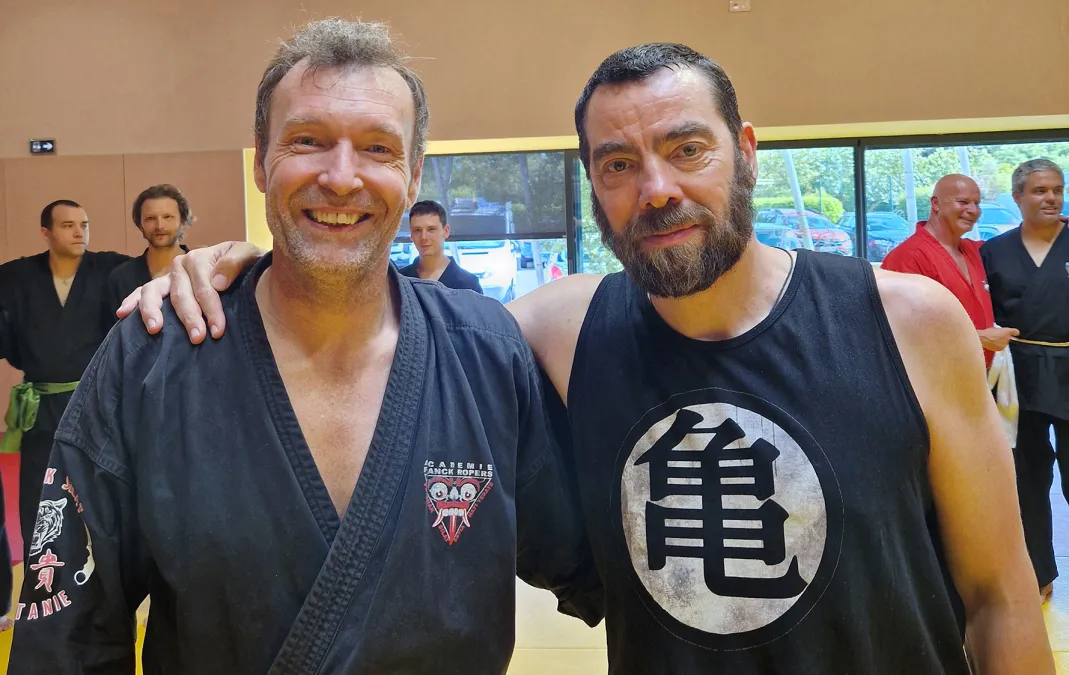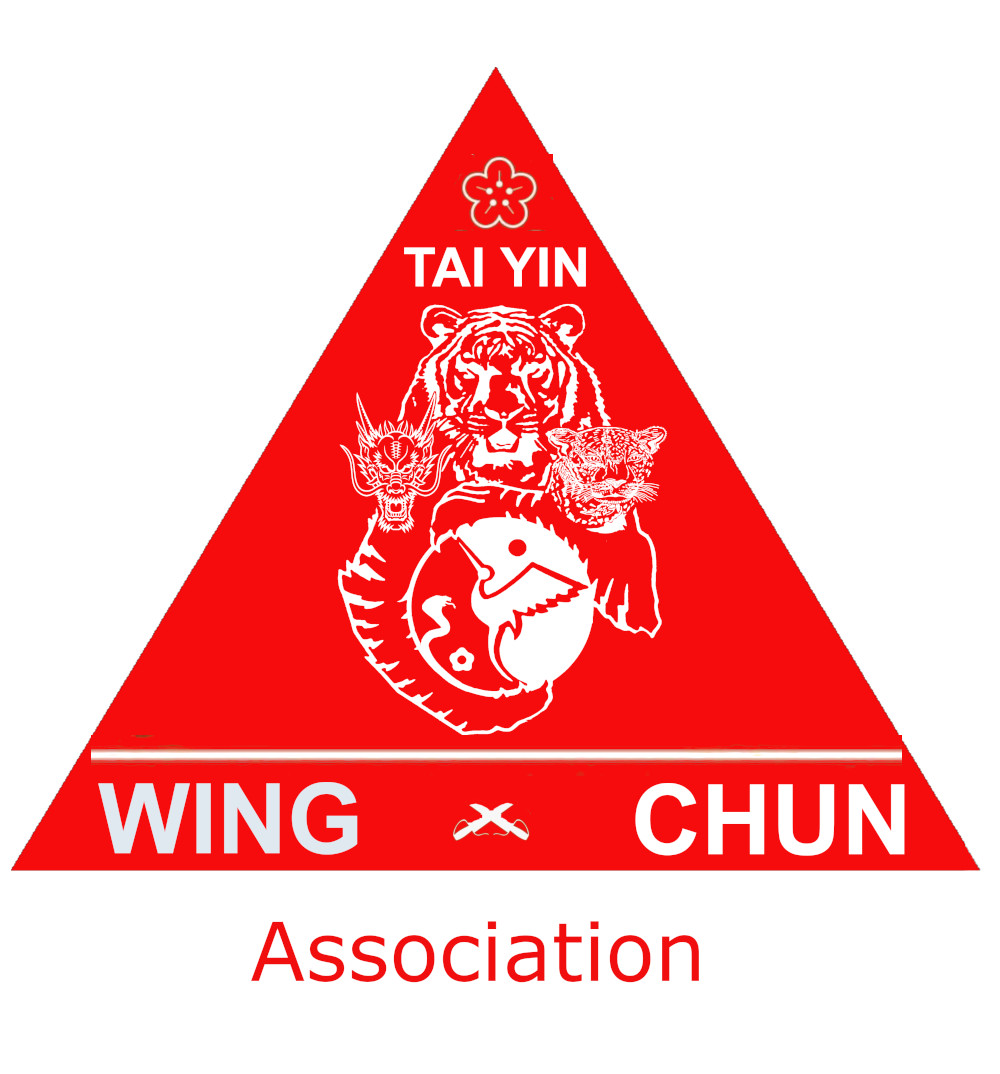
Wu Mei
Wing Chun, a Chinese martial art known for its simplicity and effectiveness, has deep and sometimes mysterious roots. Among the many legendary figures associated with this art, Wu Mei stands out for her fascinating story. Contrary to popular belief, Wu Mei was not a real Buddhist nun. Disguising herself as a nun for protection, she played a crucial role in the anti-Manchu resistance. At that time, resistance fighters risked having their families and friends killed, and many Buddhist temples actually served as anti-Manchu bastions, which explains why so many temples were burned down.
Who Really Was Wu Mei?
Wu Mei, whose name means "Mysterious Plum," is often described as an exceptional woman, endowed with great intelligence and extraordinary martial arts skills. She was not a true Buddhist nun but a resistance fighter who used this disguise to evade authorities and conduct her secret activities. She was part of the anti-Manchu resistance leadership, a movement that fought against foreign invaders and sought to restore the dynastic order.
The Anti-Manchu Resistance
 The era of Manchu rule in China was marked by great instability and severe repression. The anti-Manchu resistance fighters risked their lives at every moment. They often had to hide, adopt false identities, and use strategies to avoid being captured.
The era of Manchu rule in China was marked by great instability and severe repression. The anti-Manchu resistance fighters risked their lives at every moment. They often had to hide, adopt false identities, and use strategies to avoid being captured.
- Families in Danger: The families of resistance fighters were often targeted. Manchu authorities did not hesitate to punish the relatives to force resistance fighters to surrender.
- Buddhist Temples as Refuges: Many Buddhist temples served as refuges and organizing centers for the resistance. This explains why so many temples were attacked and burned.
Wu Mei's Disguise
Disguising herself as a Buddhist nun was an ingenious strategy. As a "nun," Wu Mei could move more freely, access crucial information, and secretly train other resistance fighters in martial arts.
Why Choose the Nun Disguise?
- Religious Protection: Buddhist nuns enjoyed a certain protection due to their religious status.
- Discreet Movement: A nun was less likely to be suspected of conspiring against the authorities.
- Access to Temples: Since temples were often centers of resistance, pretending to be a nun made it easier to access these strategic locations.
Wu Mei's Impact on Wing Chun
Wu Mei is credited with making significant contributions to the art of Wing Chun. Her techniques were characterized by a fluidity and effectiveness that allowed practitioners to overcome physically stronger opponents.
Specific Techniques
- Using the Opponent's Strength: One of the characteristics of Wing Chun is using the opponent's energy and strength against them. Wu Mei perfected this technique, making her movements almost unstoppable.
- Simultaneous Attack and Defense: Unlike other martial arts that separate attack and defense phases, Wing Chun, influenced by Wu Mei, integrates both into a single fluid action.
Influence on Future Generations
Wu Mei's teachings have endured through the centuries, influencing many Wing Chun masters and practitioners. Her innovative and strategic approach laid the foundation for the modern effectiveness of this martial art.
Buddhist Temples: Bastions of Resistance
As mentioned earlier, many Buddhist temples were actually centers of anti-Manchu resistance. These temples served as refuges for resistance fighters and as places of secret training.
Why Temples?
- Discretion: Temples were places of meditation and prayer, making them less likely to be suspected as centers of conspiracy.
- Community and Solidarity: Monks and nuns shared strong solidarity, facilitating resistance organization.
- Communication Networks: Temples had extensive communication networks, allowing crucial information to be transmitted.
The Destruction of Temples
The Manchu authorities, realizing the importance of temples in the resistance, began attacking and burning them. This led to the destruction of many historical sites and the dispersion of the resistance.
Wu Mei's Legacy
Wu Mei's story is a testament to courage, strategy, and resilience. She not only contributed to the survival of the Wing Chun art but also to the fight against Manchu oppression.
Lasting Teachings
Wu Mei's teachings have crossed generations, inspiring thousands of practitioners around the world. Her ability to turn apparent weakness into real strength is a valuable lesson for all martial arts enthusiasts.
Wu Mei in Popular Culture
Wu Mei's influence is also found in popular culture, where she is often depicted as a legendary heroine. Movies, books, and documentaries celebrate her courage and ingenuity.
Conclusion
Wu Mei, the false nun but true warrior, left an indelible mark on the history of Wing Chun and the anti-Manchu resistance. Her legacy endures, reminding us all of the importance of resilience, strategy, and the fight for justice. Wu Mei's teachings continue to inspire and guide Wing Chun practitioners, thus honoring her memory and her exceptional contributions.
FAQ
Was Wu Mei really a nun?
No, Wu Mei was not a real Buddhist nun. She used this disguise to protect herself and conduct her resistance activities against the Manchus.
What is Wu Mei's importance in Wing Chun?
Wu Mei made significant contributions to Wing Chun, notably by perfecting the use of the opponent's strength and integrating attacks and defenses into a single fluid action.
Why were so many Buddhist temples burned during the Manchu era?
Many Buddhist temples served as refuges and organizing centers for the anti-Manchu resistance. Realizing this, the authorities attacked and burned these temples to weaken the resistance.
How did Wu Mei's teachings survive through the centuries?
Wu Mei's teachings were passed from master to student, thus preserving her techniques and philosophy. Her legend continues to inspire Wing Chun practitioners around the world.
By celebrating Wu Mei's story, we honor not only a great martial artist but also a courageous resistance fighter who fought for freedom and justice.
#Wu Mei












